We thinned 86 acres in 2010/11. We did our first clear cut harvest last year (June 2015). Some people hate clear cutting and it certainly is not appropriate everywhere. But if you want to grow pine trees, clear cutting is the only option. The little trees will not grow in the shade of the bigger ones, I have explained and illustrated below.
You need to look at clear cutting in both place and time. A clear cut forest is STILL a forest. It is in transition. We need old growth forests, young forests and middle aged ones. Each provides a particular sort of ecology.
My pictures show the land that we clear cut 14 months ago. You see how fast vegetation has grown it. It is now a wonderful place for wildlife. It is full of deer, rabbits, quail and our neighbors have seen a few bear. I am unenthusiastic about the bear. This part of the forest transition is very productive.
We planted around 20,000 seedlings in April, but the trees in the background are supplying even more. We will need to thin back. The land will be covered with trees in a few years. The last picture shows trees that are about thirty years old. This piece of land has been clear cut harvested three times according to my neighbor who is about my age and has seen three harvests.



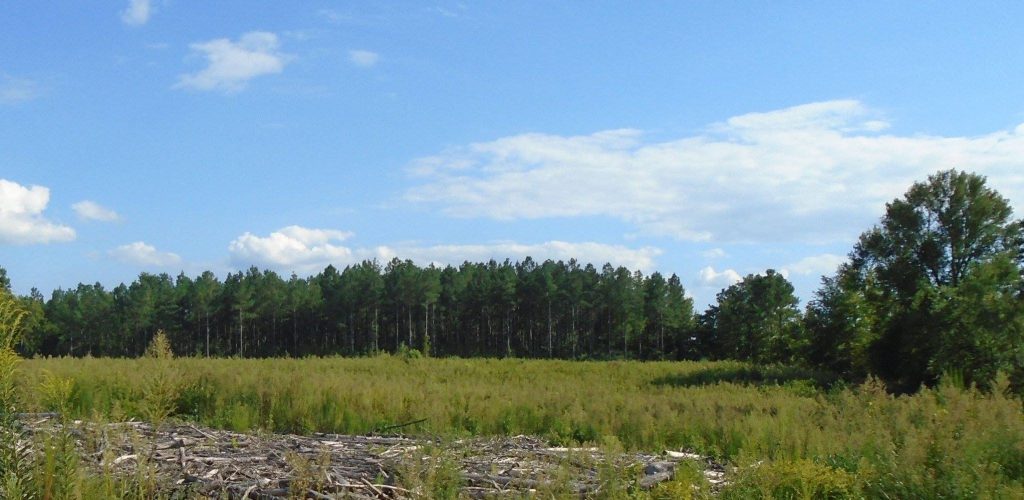

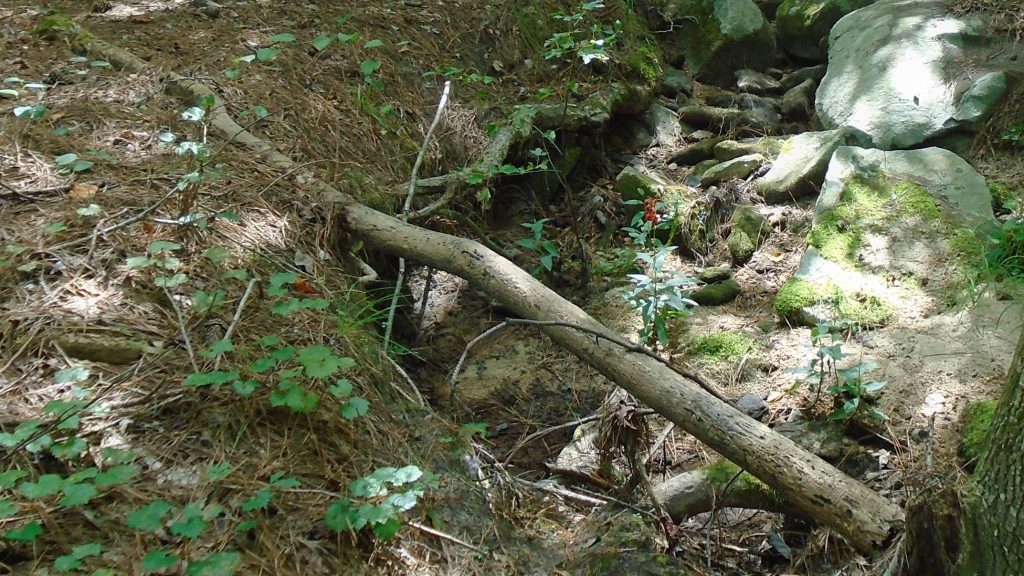

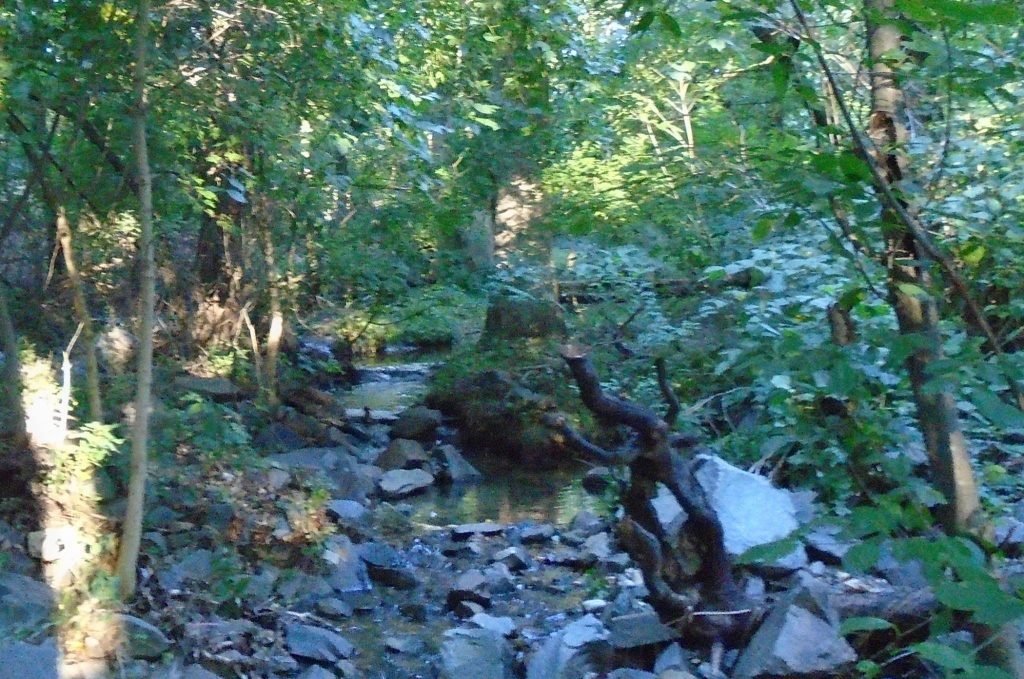
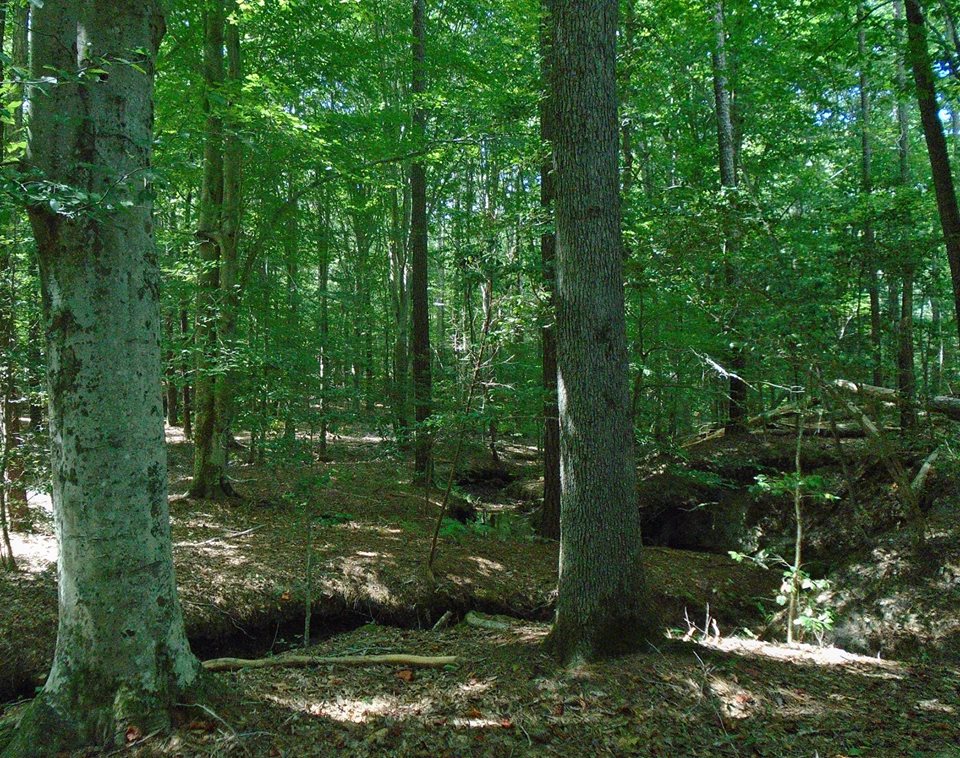
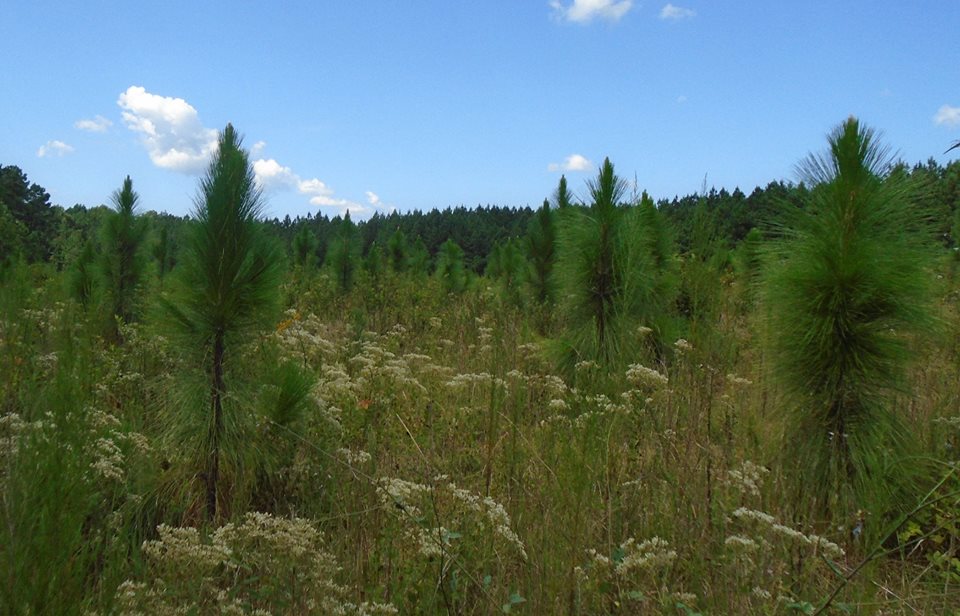
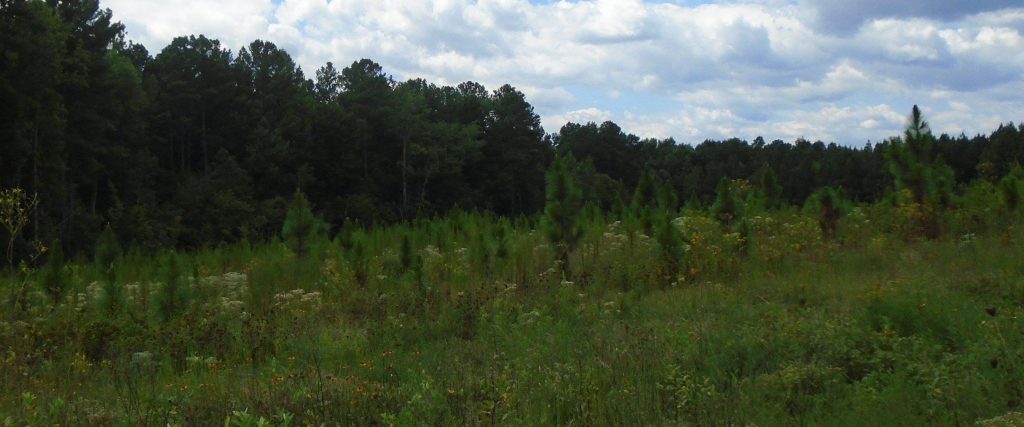
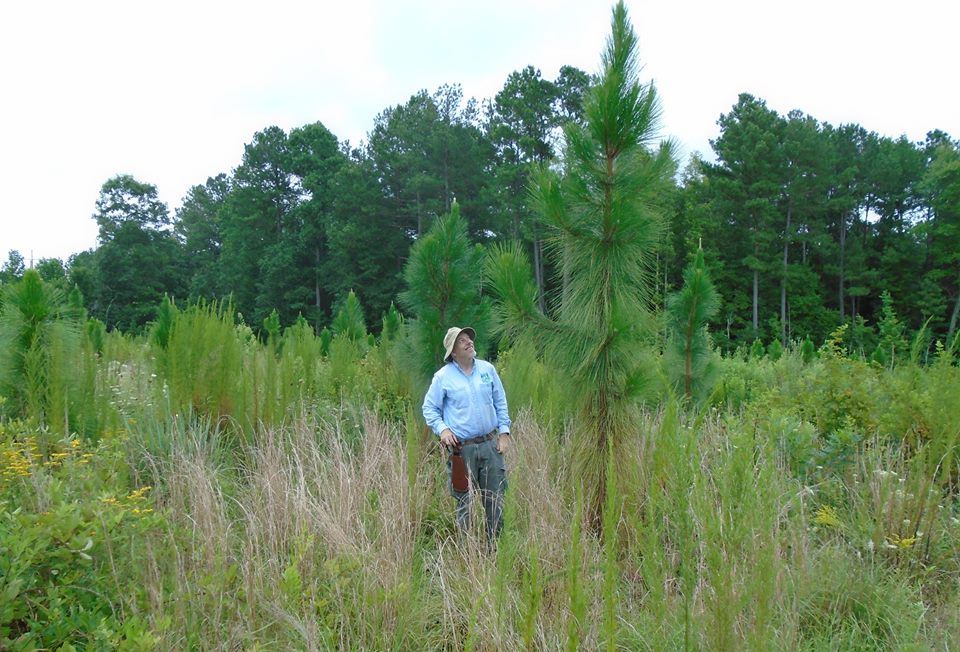

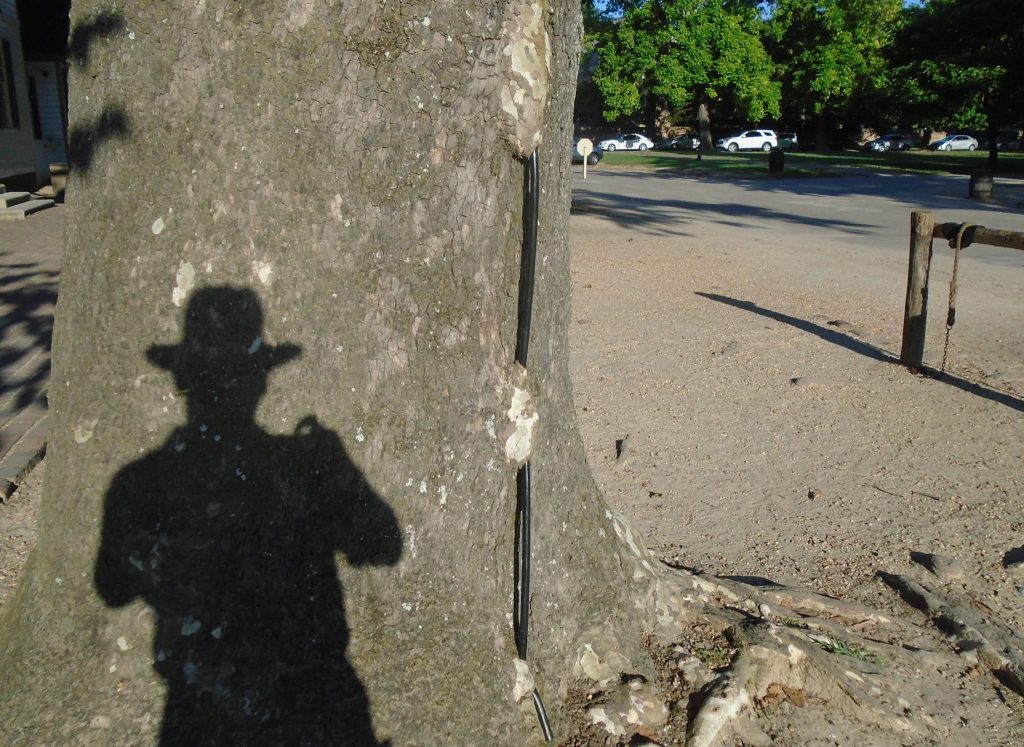
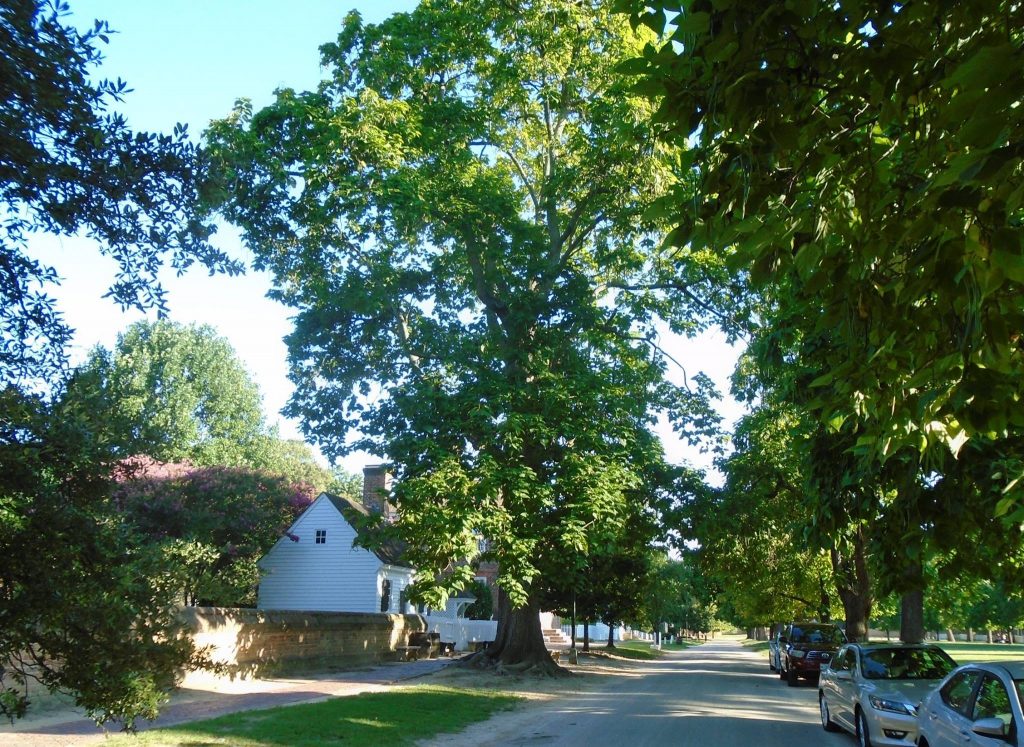
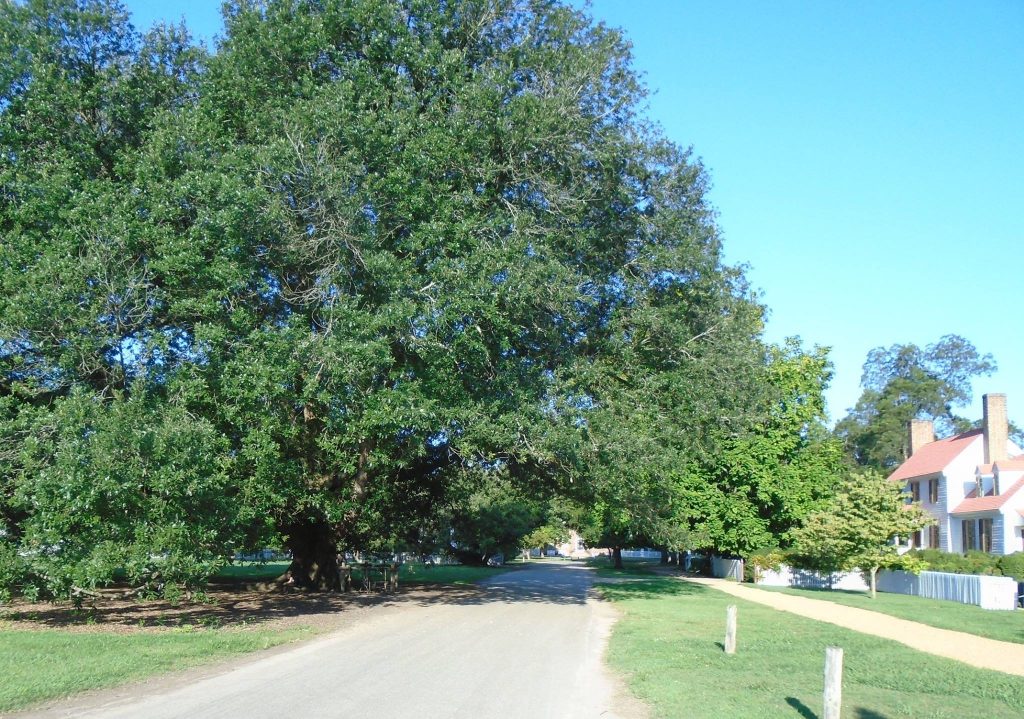
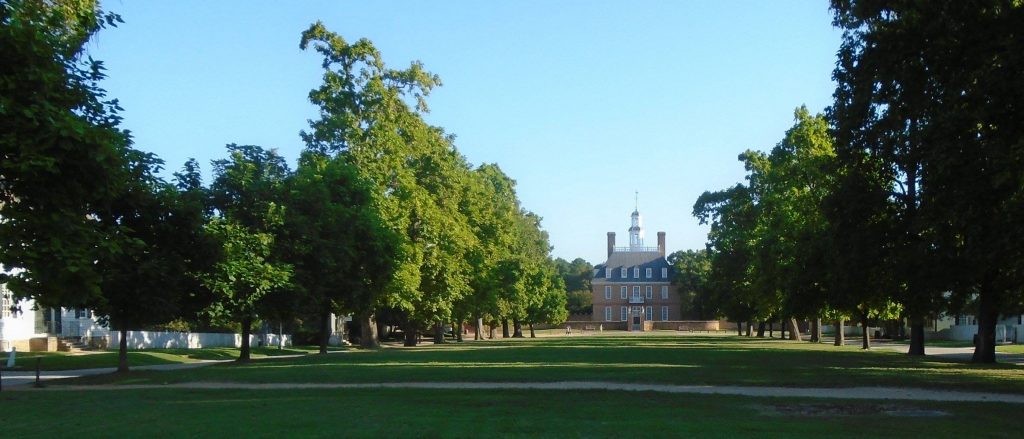
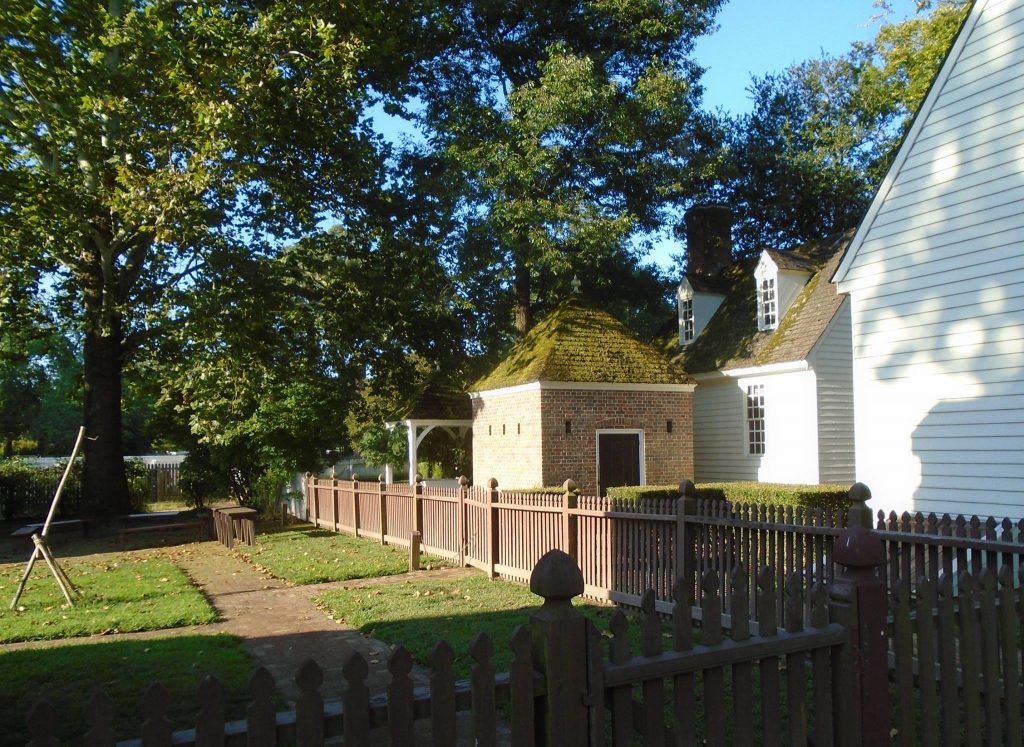
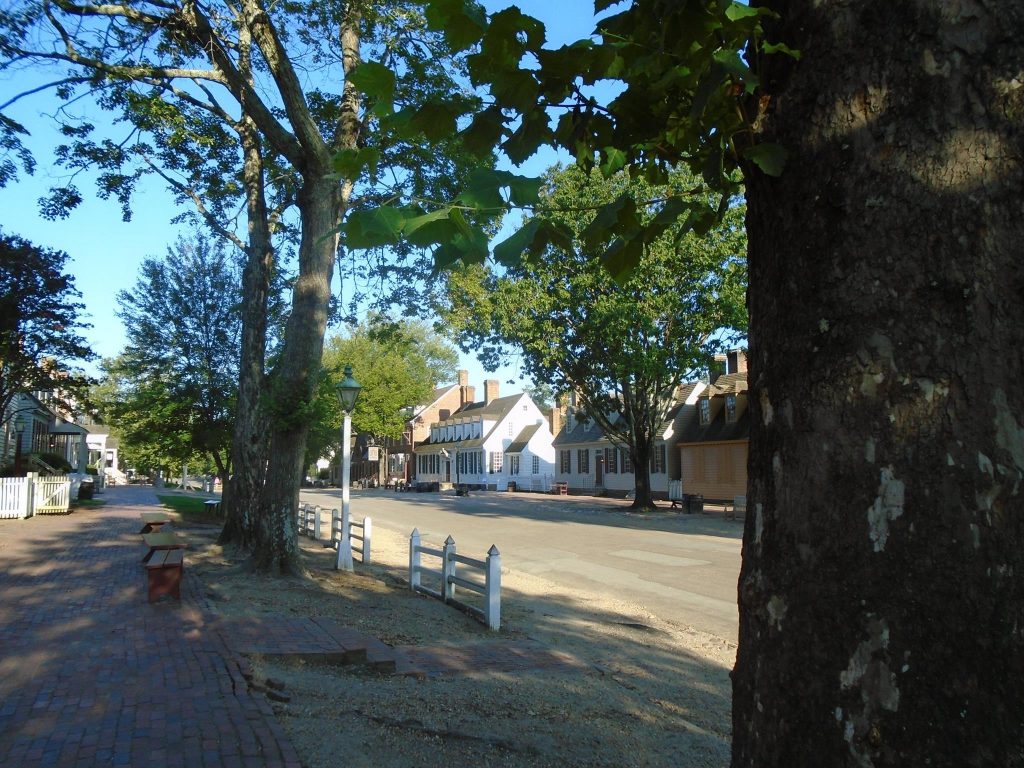
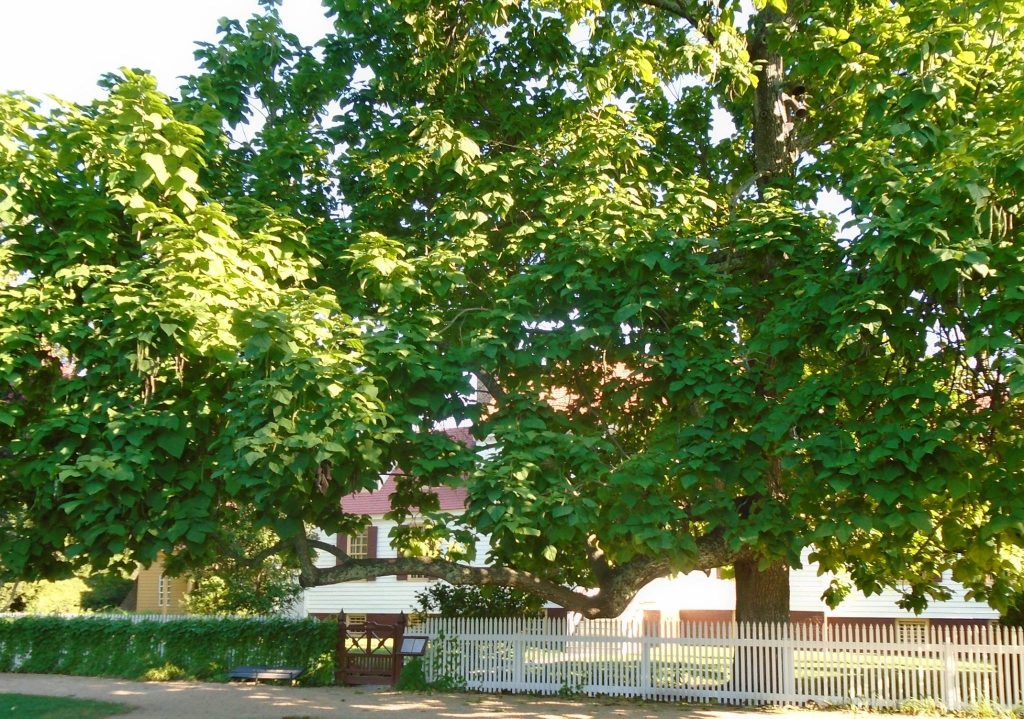
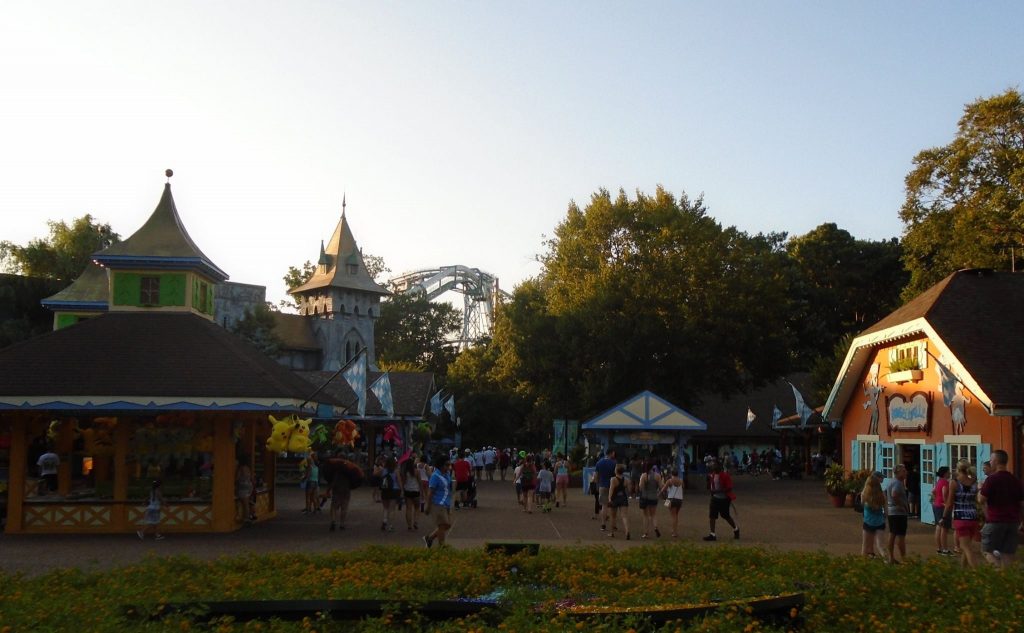
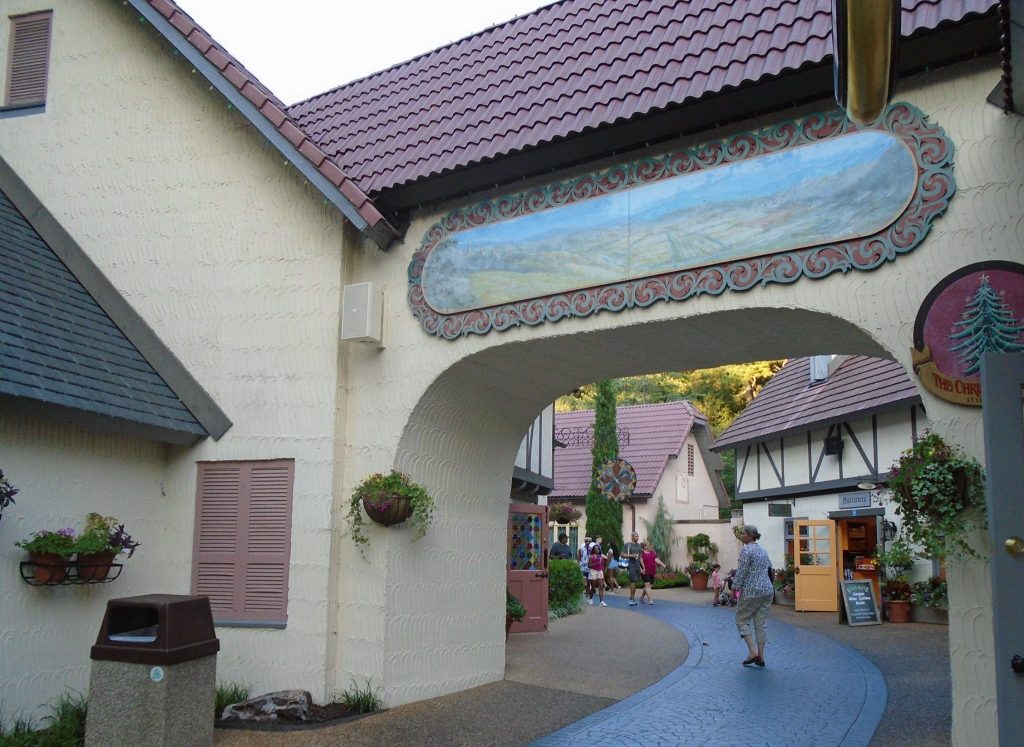
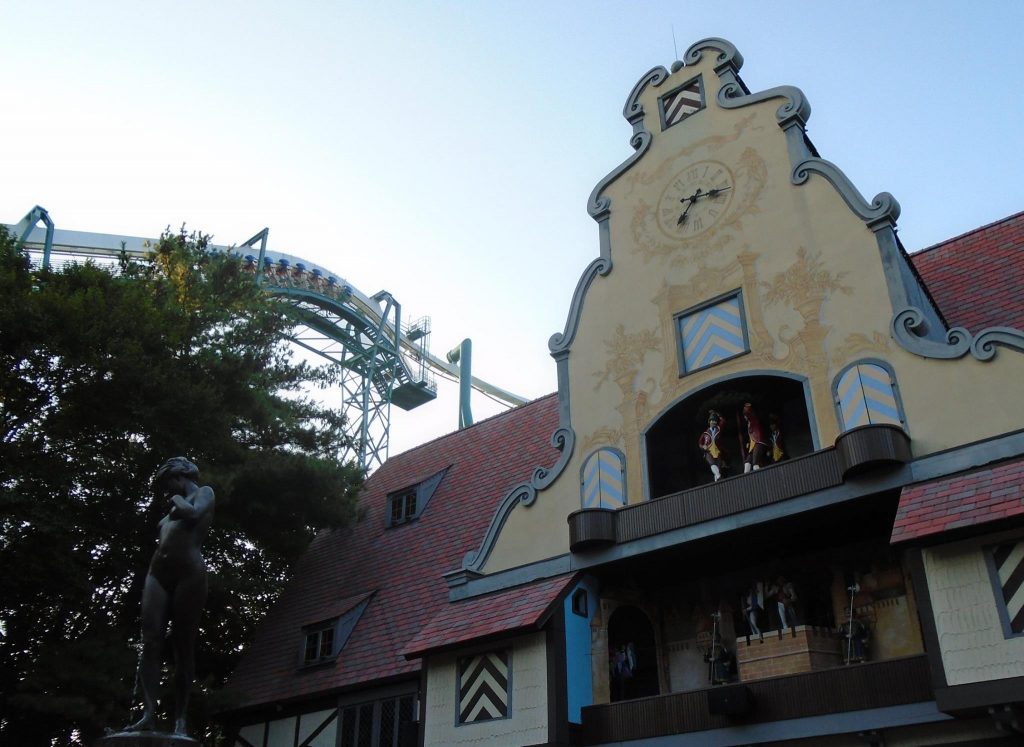
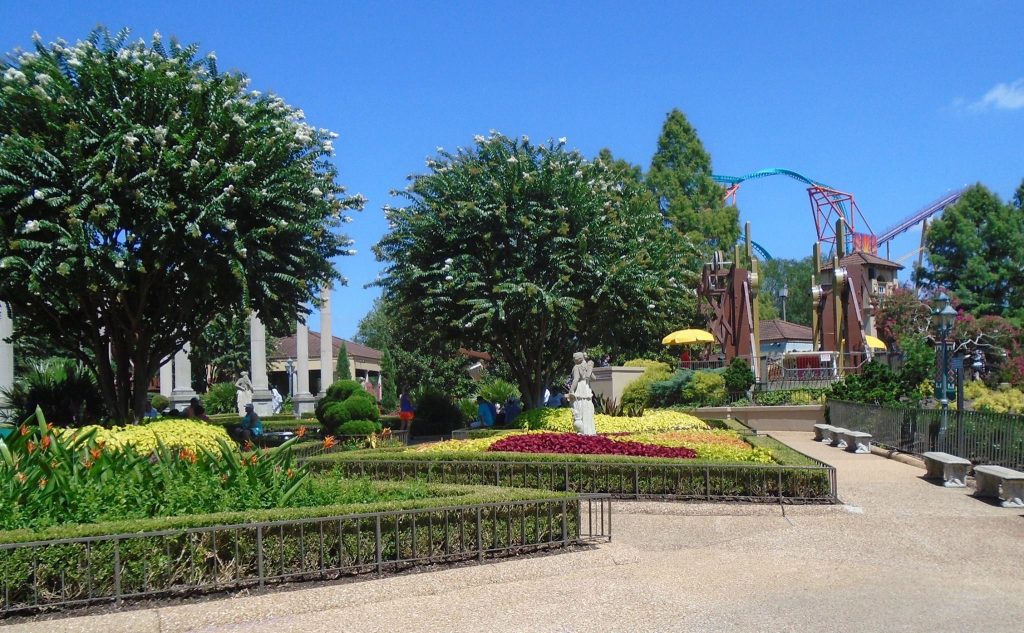
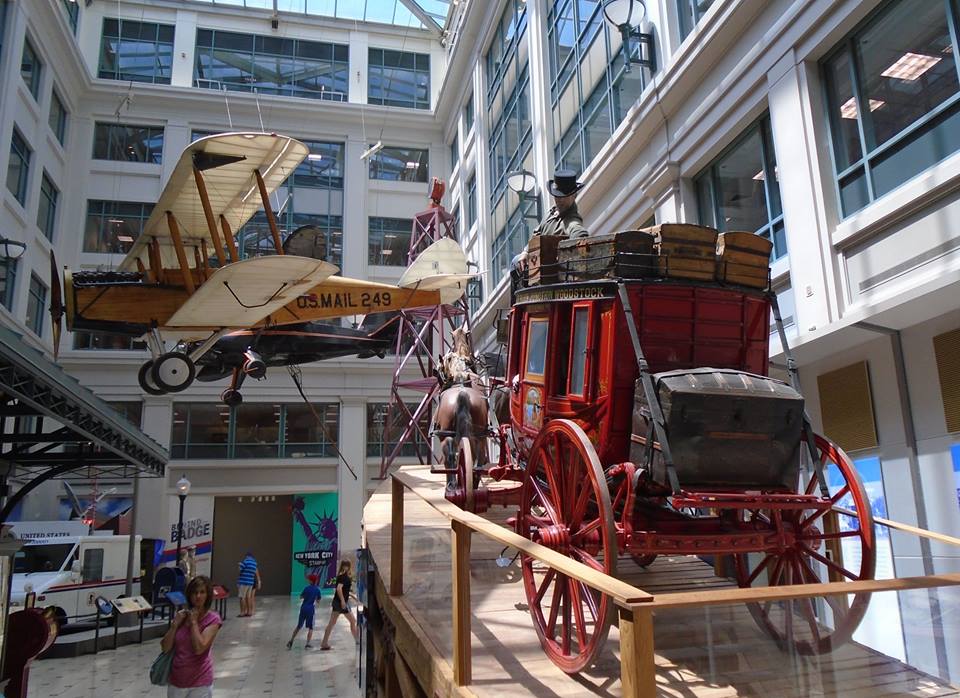

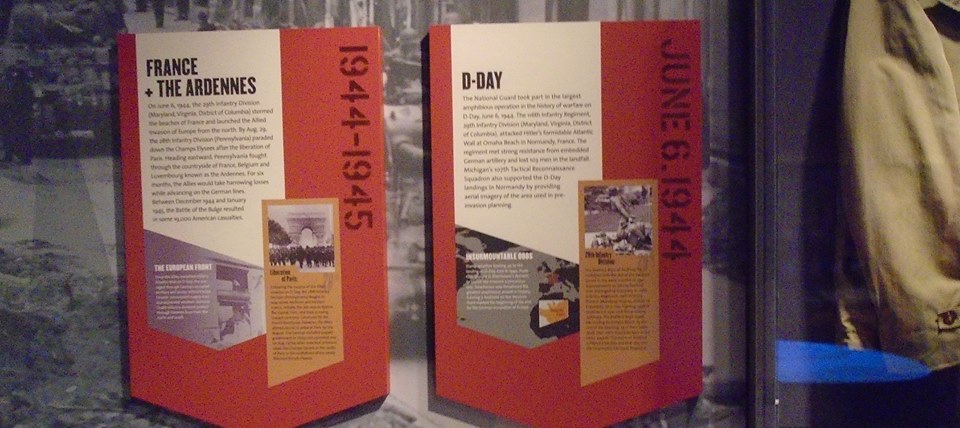
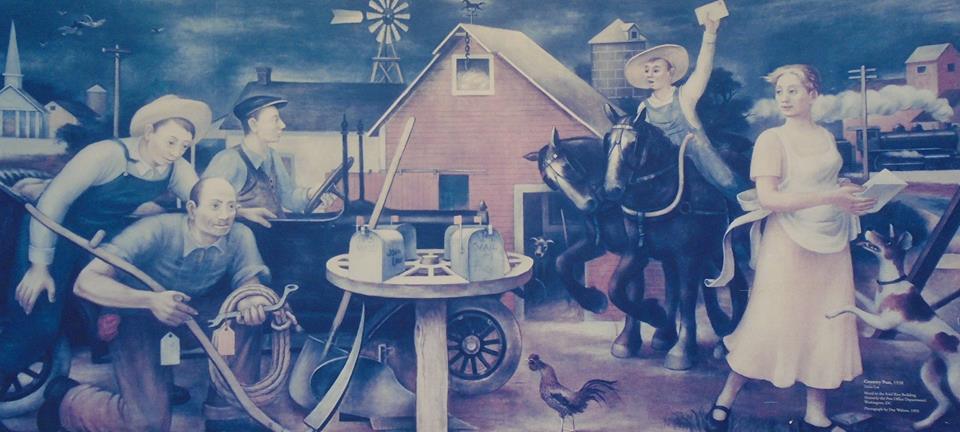
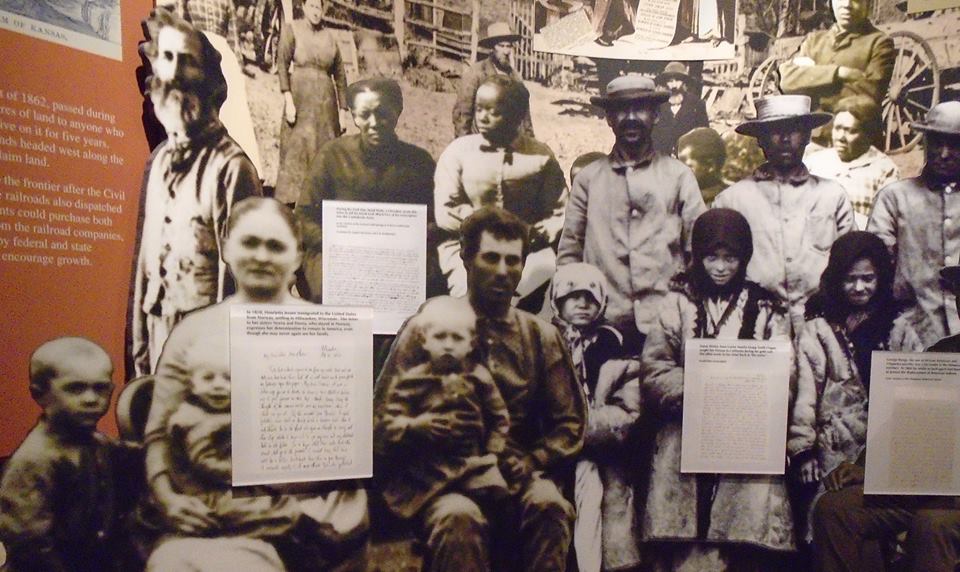

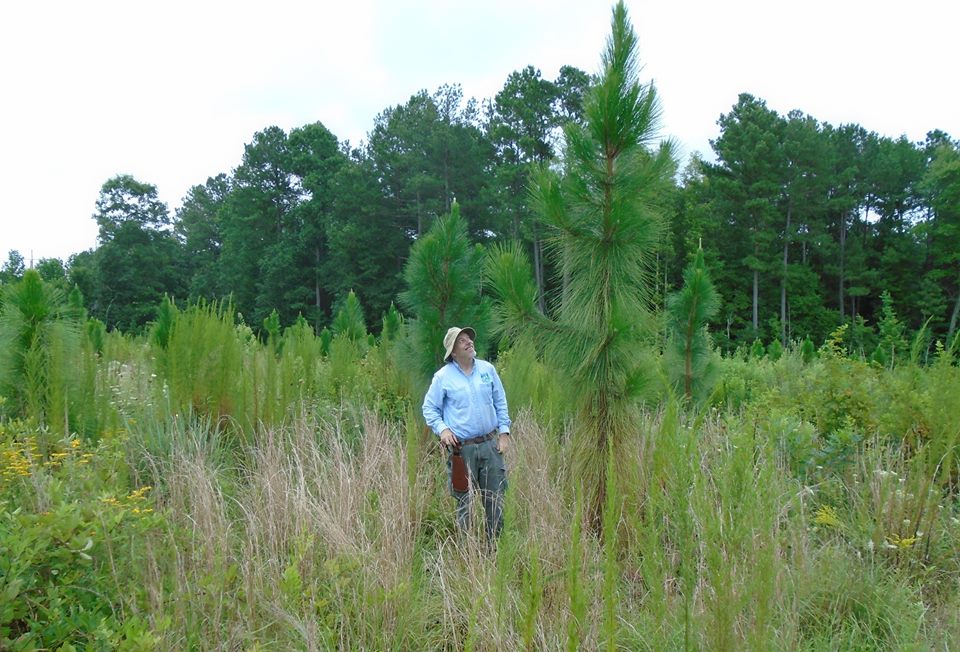
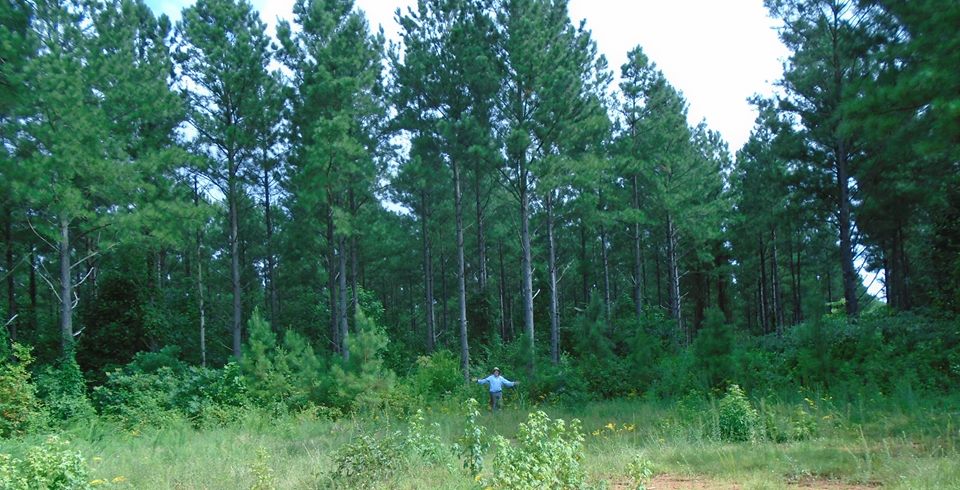
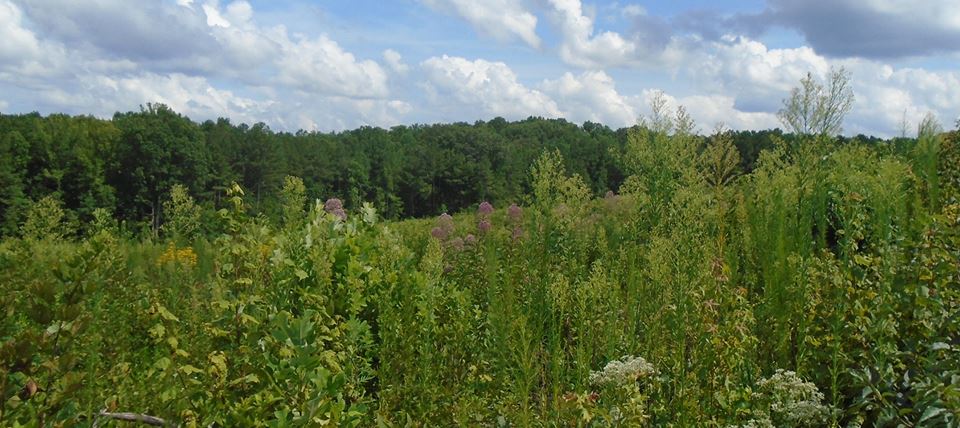
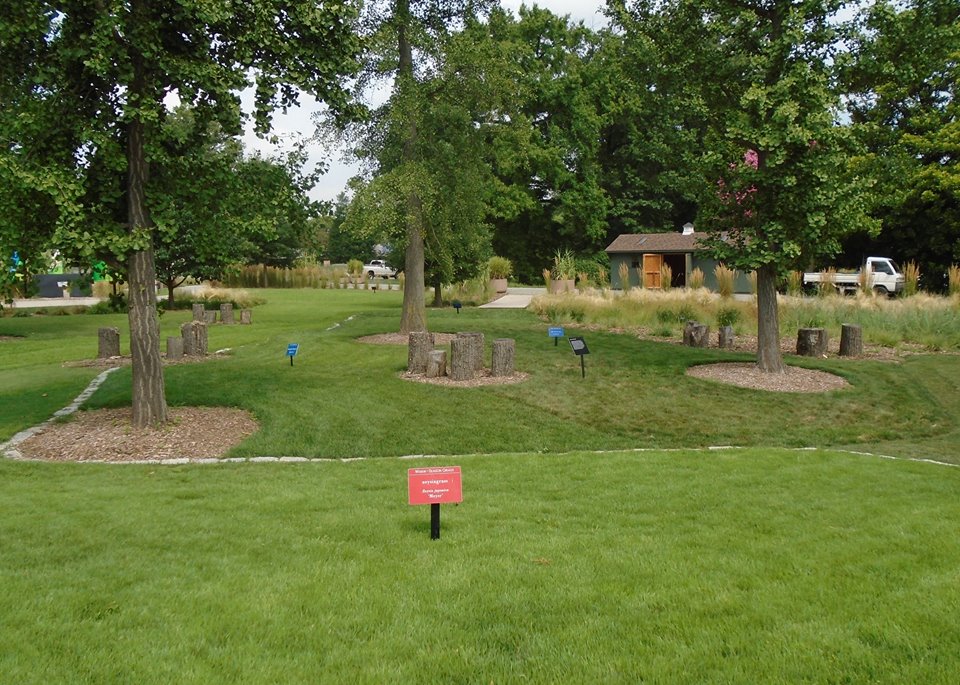

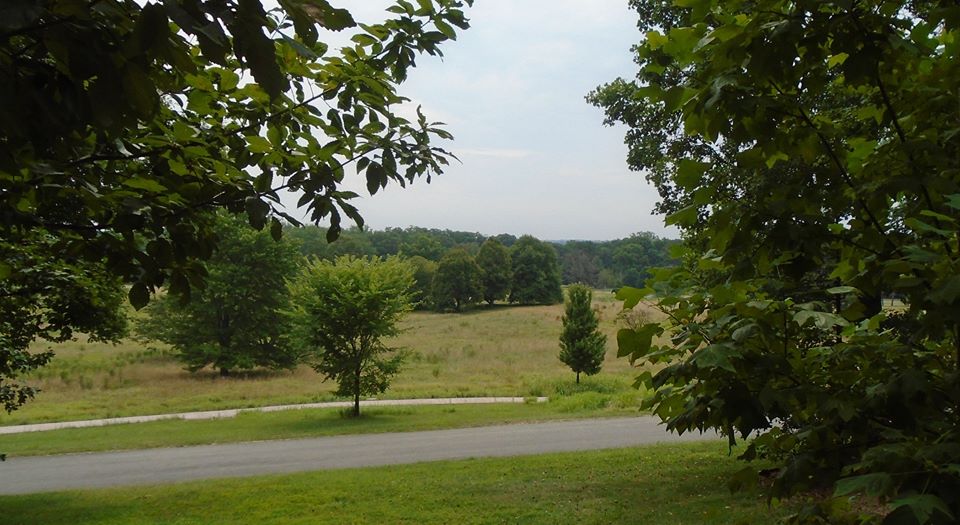
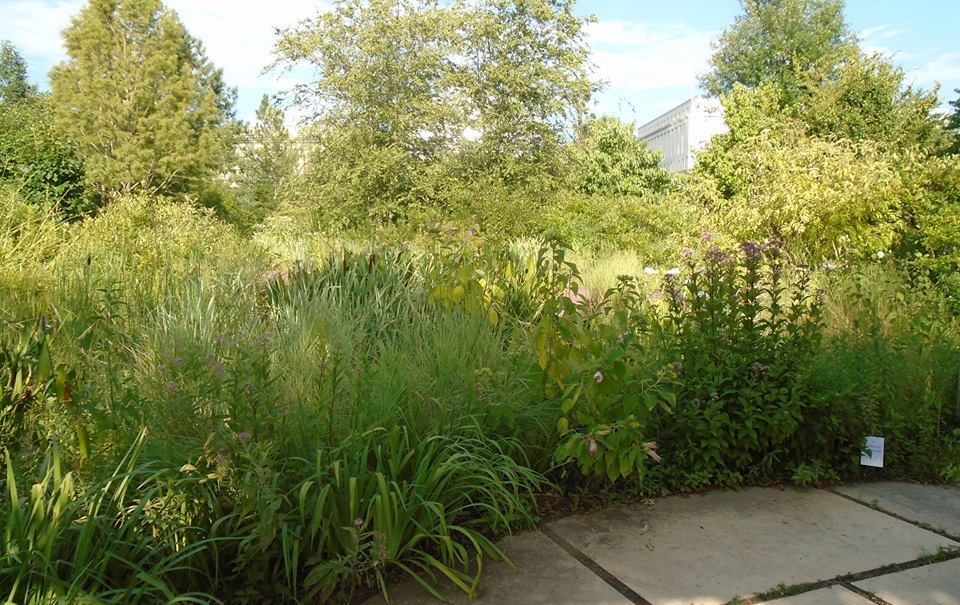
 I got Nova’s “Fire Wars” video as part of my study of fire science. It is a great complement to the many books and magazine article. To actually see the flames and the firefighters at work, and hearing them speak adds greatly to understanding. If a picture is worth a thousand words, the video and explanation is worth even more. Seeing an example of the fire-ball that comes from a fire blow-up is much more impressive than reading about it. The video also includes computer graphics that shows in detail how the winds and topography interact. I read the classic “Young Men and Fire” about the fire in Mann Gulch that killed thirteen smoke jumpers in 1949, but could not picture and really understand the event until I saw the actual topography and the graphics that showed the fire’s progress.
I got Nova’s “Fire Wars” video as part of my study of fire science. It is a great complement to the many books and magazine article. To actually see the flames and the firefighters at work, and hearing them speak adds greatly to understanding. If a picture is worth a thousand words, the video and explanation is worth even more. Seeing an example of the fire-ball that comes from a fire blow-up is much more impressive than reading about it. The video also includes computer graphics that shows in detail how the winds and topography interact. I read the classic “Young Men and Fire” about the fire in Mann Gulch that killed thirteen smoke jumpers in 1949, but could not picture and really understand the event until I saw the actual topography and the graphics that showed the fire’s progress.